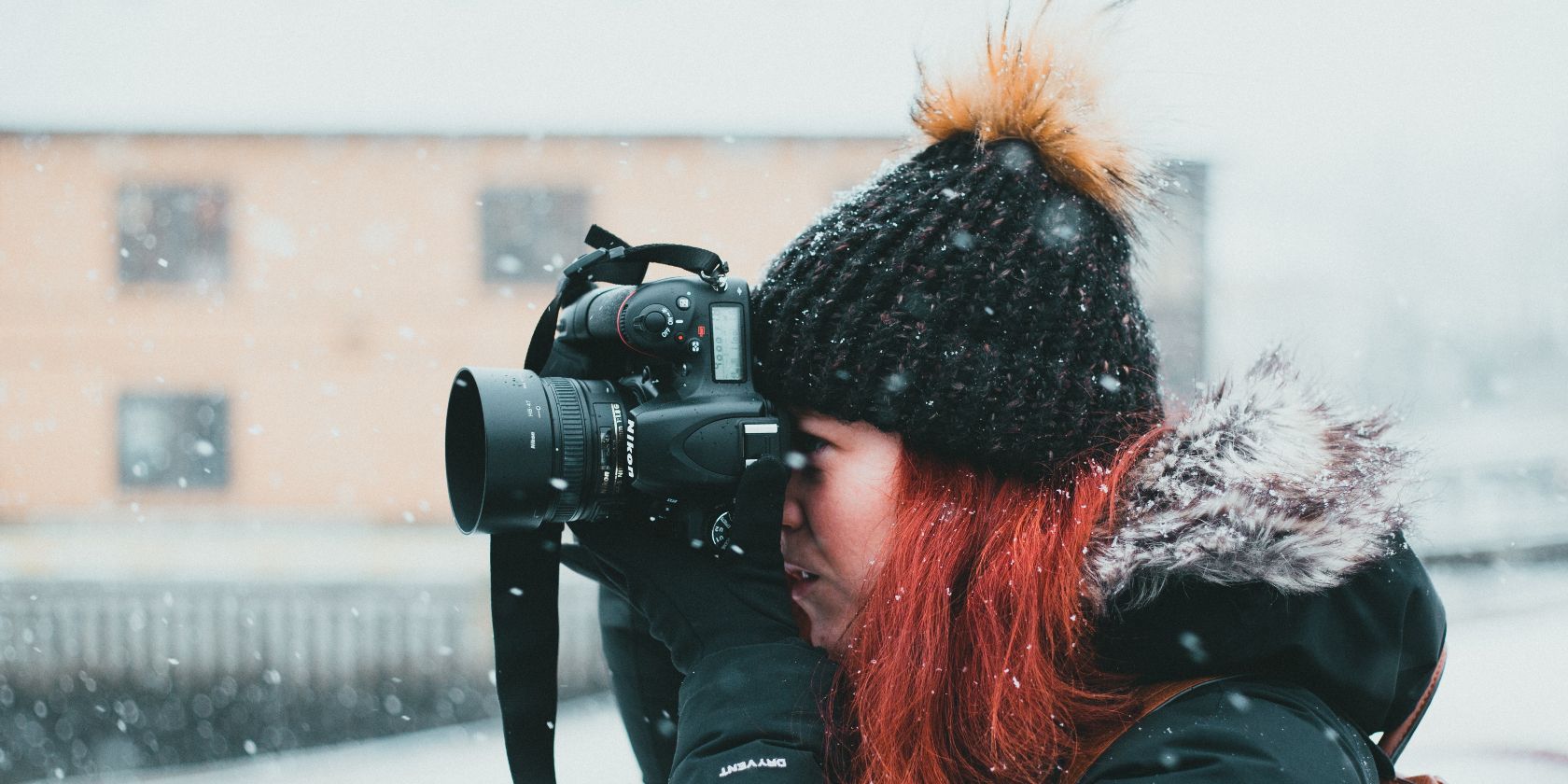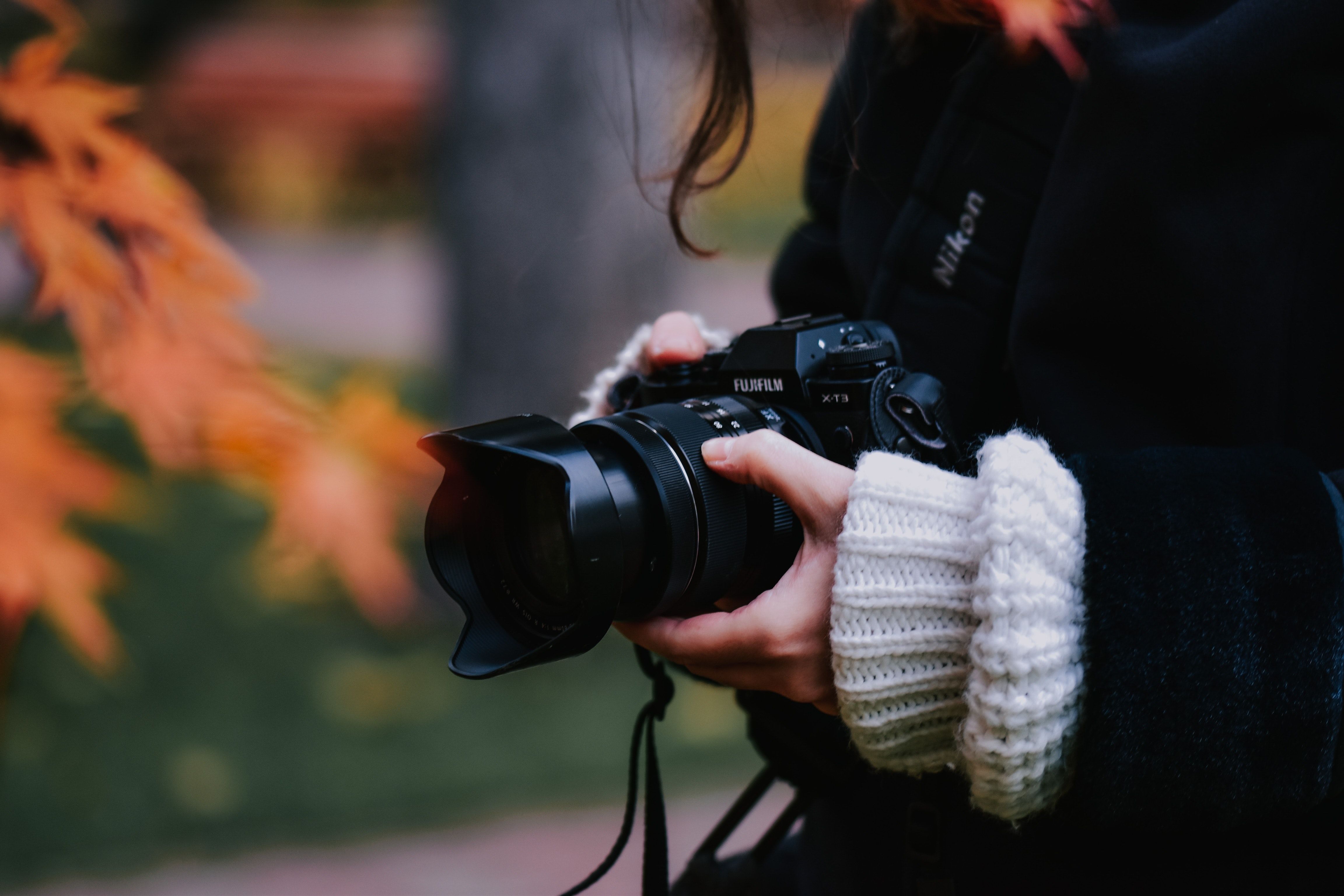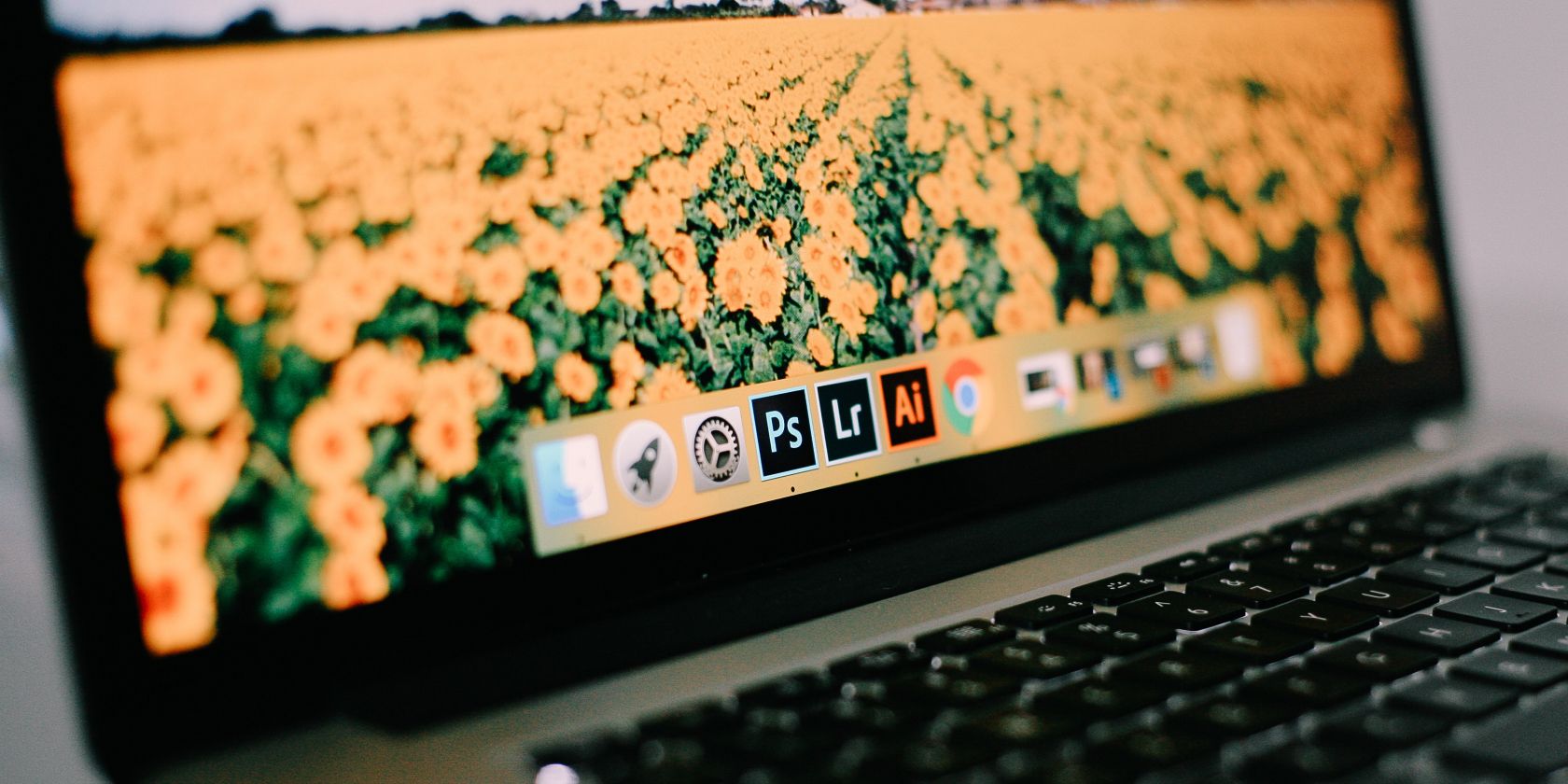Many people think that photography is as easy as pointing your camera at something that looks nice, but that's far from the truth.
Several issues can pop up when taking photos, many of which you'll only notice as you become more advanced. And while making mistakes is an integral part of the journey, that doesn't make them any less annoying.
One common problem that many photographers struggle to deal with in their images is clipping. But what is it, and how can you avoid or fix the issue? Let's find out.
What Is Clipping in Photography?
Photography is all about lighting, and clipping occurs because you haven't got this area right from a technical standpoint.
When a photo is clipped, you can't recover the data from the area where this has occurred. While it's commonly thought that clipping can only happen in an overexposed image, this isn't true; it also becomes a problem if the photo is too underexposed.
Clipping often happens in the highlights of pictures. For example, a clipped image on a sunny day might result in you not seeing any clouds in the sky. However, it can also happen in the shadows—so you need to pay attention to both.
How Can You Avoid Clipping in Photography?
Clipping can occur for several reasons, and knowing the most common factors is crucial in helping to avoid the issue. Below, we've outlined four ways to stop your photos from getting clipped.
Pay Attention to the Light Meter
Regardless of whether you have a DSLR or mirrorless camera, you'll notice that your device has a meter somewhere on the screen. The numbers on this will range from +3 to -3; many cameras also have a dial where you can adjust this.
In a technical sense, it's a good idea to ensure that the settings on your camera keep this number close to 0. Too far under will underexpose the image, and going too high will have the opposite effect.
Of course, this is somewhat arbitrary. You might want a brighter or darker image, depending on your photography style. Experiment and look for a happy medium.
Be Careful With the Sliders in Lightroom
Even if your image was flawless in a technical sense, you could still clip the picture in post-production if you're not careful. Often, photographers—especially beginners—unintentionally over or underexpose their images by going wild with the sliders in their editing software.
If you use Lightroom, the platform will tell you that the photo is clipped by highlighting those particular areas.
Try to adopt a more hands-off approach; the chances are that you don't need to edit your pictures anywhere near as much as you thought was necessary.
Shoot in RAW and JPEG
There's nothing wrong with shooting in JPEG. On many cameras, the images will be good enough to share on Instagram without needing to tweak them on your computer.
However, it's important to remember that you won't have as much freedom when you take photos in JPEG, especially if you want to edit the pictures. Photographers will often recommend shooting in RAW because your files will save much more data for you to play with.
If you still want JPEG files that you can quickly share with others, you can change your camera settings to save your shots in both RAW and JPEG.
Think About the Conditions You're Shooting In
The time of day you shoot can significantly impact whether you experience clipping in your photography. If you shoot at midday in the middle of summer, and you do so facing the sun, you might find that your sky becomes overexposed.
Similarly, taking photos at night while using the incorrect camera settings can result in an underexposed picture that's difficult to recover.
Before you grab your camera and go outside, you must think about the best conditions for what you're trying to achieve. Doing so will help avoid issues like clipping.
Is It Possible to Fix a Clipped Photo?
If you've already taken your pictures and have noticed that they're clipped, don't worry—not all hope is lost. In some cases, you might be able to fix them.
Below, you'll find three ways you can fix a clipped photo.
Alter the Highlights and Shadows When Editing
Editing software can help enhance the good parts of an image, but it's also sometimes helpful in correcting errors. In some cases, you might be able to fix the clipped areas of your photos by adjusting the sliders.
Depending on which parts of your photo are clipped, you can try moving around the highlights and shadows sliders. Even if you can't entirely salvage the image, you might find that it's still good enough to share with a couple of changes.
Adjust the Histogram
If you look at the top right-hand corner of Lightroom, you'll notice a histogram. In Lightroom Classic, you can change the settings on your photo by directly moving the graph more to the left or right.
If a photo is clipped, one (or both) of the triangles will turn a different color. Moreover, the graph will spike to the left or right. Try evening this out as much as possible, and see if that fixes the clipping issue in your picture.
Generally speaking, you want the histogram to be as neutral as possible. But again, much of this will depend on the style you're trying to achieve.
Retake the Photo
You will never get a 100% win rate in photography, and sometimes, you have to accept defeat. If you've tried to save a clipped image, but nothing will work, it's a good idea to get out and try the same shot again.
Before retaking the image, think about what went wrong and how to deal with these issues. That way, you can avoid a similar situation again.
Clipping in Photography Is Annoying, But You Can Prevent It
Photography is more complex than it looks, and making mistakes is a rite of passage to becoming a better photographer. Although clipping is a common issue, fixing it isn't difficult if you know the problem.
Having read this guide, you should have a better understanding of what clipping in photography is. More importantly, you now have the power to stop it from happening to you. All that's left for you to do is grab your camera and get snapping!



